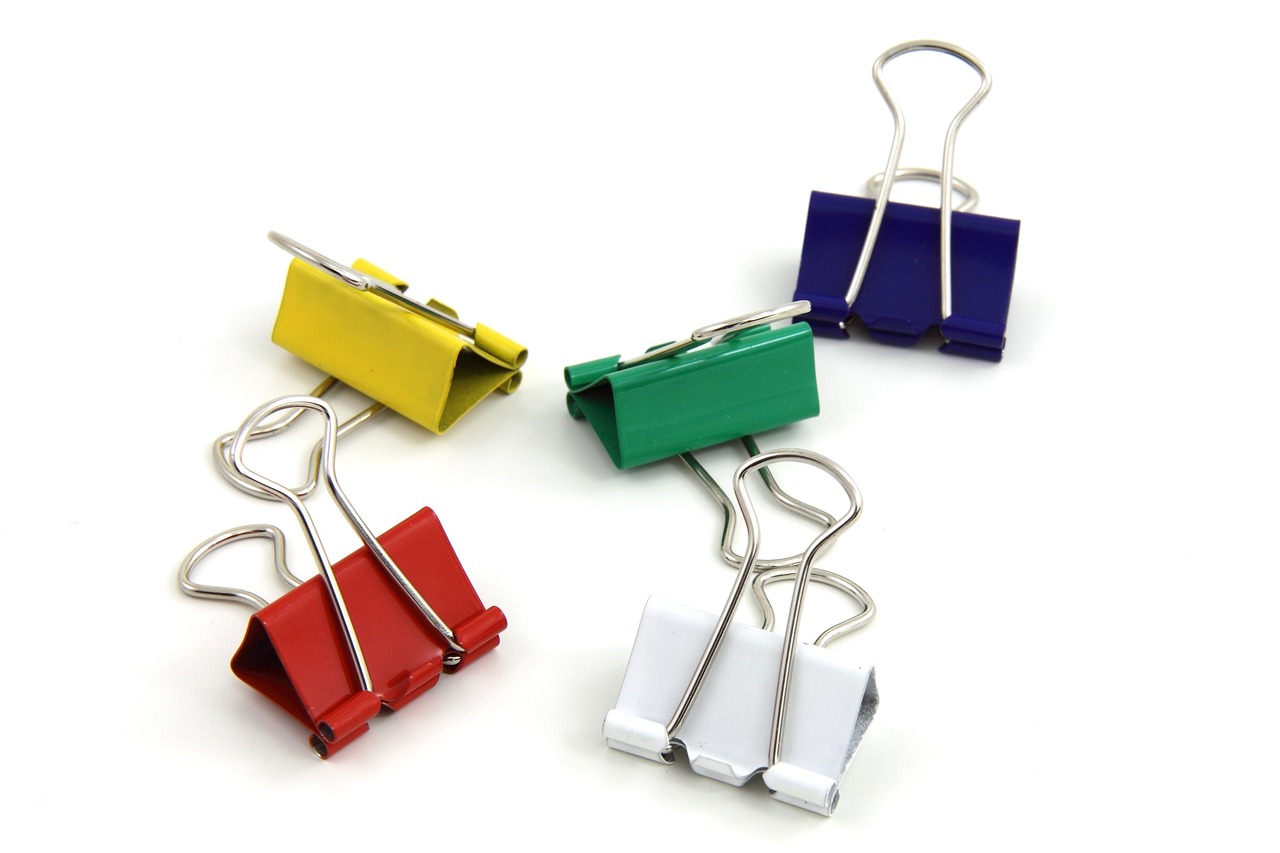PLC Controller Wiring: A Step-by-Step Guide
This step-by-step guide provides a detailed overview of the wiring process for a PLC controller. The guide begins with a general introduction to PLC controllers and their purpose in industrial automation. It then moves on to explain the basic components of a PLC controller and their respective functions.Next, the guide provides a detailed step-by-step process for wiring the PLC controller. This process includes connecting the power supply, input devices, output devices, and any additional sensors or actuators that may be required. The guide also includes diagrams and illustrations to aid in the understanding of the wiring process.In addition, the guide discusses some of the common problems that may arise during the wiring process and provides troubleshooting tips to help resolve them. Finally, the guide concludes with a summary of the wiring process and a list of resources for further information on PLC controllers and their wiring.
PLC (Programmable Logic Controller) controllers are important devices in industrial automation, providing a means to control and monitor machines, processes, and systems. Properly wiring a PLC controller is essential for its smooth and reliable operation. This guide will provide a step-by-step process for wiring a PLC controller.
Step 1: Gather the necessary tools and materials
Before starting the wiring process, ensure you have gathered all the necessary tools and materials. These may include:

PLC controller: Choose a suitable model based on your application requirements.
Wires: Select the appropriate type and length of wires for your setup.
Connectors: Depending on the type of wire you are using, you may need connectors to attach the wires to the PLC controller.
Terminal blocks: These are used to connect the wires to the PLC controller.
Screwdrivers: Used to tighten the screws on the terminal blocks.
Wire cutters: Used to cut the wires to the appropriate length.
Step 2: Prepare the PLC controller

Before starting the wiring process, it is essential to prepare the PLC controller. This involves:
Reading the manufacturer's instructions: Familiarize yourself with the controller's specifications and wiring requirements.
Identifying the terminals: Locate the terminals on the PLC controller that will be used for wiring.
Cleaning the terminals: Ensure the terminals are clean and free of debris before starting the wiring process.
Step 3: Measure and cut the wires
Measure the length of each wire required for your setup and cut them using wire cutters. Ensure that each wire is long enough to reach its intended destination while also being short enough to avoid any unnecessary strain on the connections.
Step 4: Attach the connectors and terminal blocks

If your setup requires connectors, attach them to the ends of each wire using wire crimping tools or soldering. Then, connect each wire to the appropriate terminal on the PLC controller using a screwdriver. Ensure that each connection is secure and free from any potential loose connections that could cause problems during operation.
Step 5: Test the wiring configuration
Once all the wires are connected, it is essential to test the wiring configuration to ensure it is correct and will not cause any issues during operation. This can be done by turning on the PLC controller and monitoring its operation through its LED indicators or other feedback mechanisms. If everything appears to be functioning normally, you can proceed to the next step.
Step 6: Mount and connect power supply
If your PLC controller is not already mounted, you will need to find a suitable location for it and mount it securely. Then, connect the power supply to the appropriate terminals on the PLC controller using the manufacturer's instructions. Ensure that the power supply is rated correctly for your application and that it provides stable power to ensure reliable operation of the PLC controller.
Once you have completed these steps, your PLC controller should be properly wired and ready for use in your industrial automation application. Always refer to the manufacturer's instructions for specific wiring configurations and troubleshooting tips if necessary.
Articles related to the knowledge points of this article:
Siemens PLC Controller: A Comprehensive Guide
Title: Memory Considerations for Small PLC Controllers